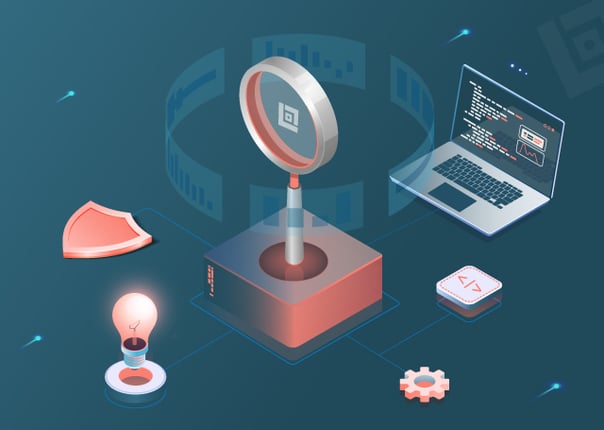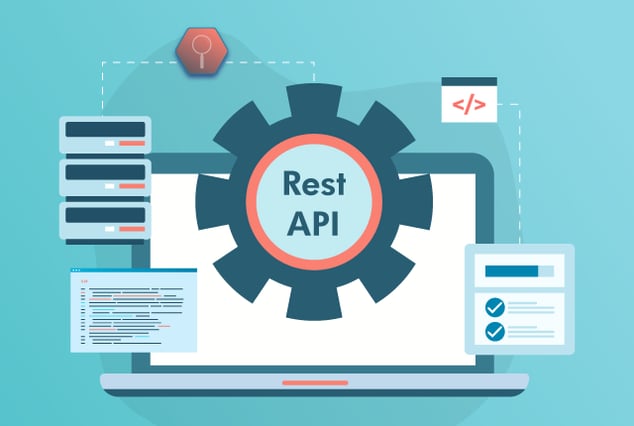
The application programming interface (API) lays the groundwork for how your software components interact, and it helps guide your development team through the programming of the graphical user interface (GUI). Thorough API testing is the best way to ensure the functionality of your application's code and the API layer itself. Before partnering with an outsourced QA provider to begin testing your product, acquaint yourself with the advantages, approach, and associated tools of API testing.
Our API testing and automation engineers provide answers to the top three questions about API testing:
What are the benefits of API testing?
- You can test easily for core functionality. API testing allows direct access to code, allowing you to identify and fix any errors that would otherwise fester until the GUI testing phase. Core functionality testing lets you check build strength as you go; testing in tandem with development.
- You can save A LOT of time on testing. Automated API testing requires less code and provides much better test coverage than GUI tests.
- You can test using your core language. XML and JSON are used to transfer data in API tests, so you are free to test using your application's core language.
- You can easily integrate API testing and GUI testing. Learn about these four advantages of API testing in detail.
How do I start with automating API testing?
Today's fast paced release schedules make automation necessary for many organizations. By automating your API testing, you'll be able to leverage the skills of your QA engineering team to boost productivity and product quality, placing yourself ahead of the competition curve. Planning automation requires a full assessment of your project's needs, timeline, available resources, and budget. Start by asking and answering yourself the following questions:
- What are my objectives with automation?
- What is the time frame for completing automation?
- What is the execution schedule?
- Who will be automating?
- What are the various risks of automating API testing?
What are some of the best practices for automating API testing?
- Use layered architecture in your automation framework. It should feature loosely coupled layers with a middle layer for invoking services and retrieving results.
- Support all data formats used by the API, such as JSON, XML, plain text, and any other applicable format.
- Implement a cache for temporary storage of API outputs and other test data.
- Develop an inbuilt mechanism for parsing API input and output to the relevant objects.
- Build your framework so that any changes made to the API have little impact on your automation scripts.
Learn the rest of the API testing automation best practices in our earlier blog post.
Do you have any additional questions about API testing that we didn't touch on here? Leave a comment below to let us know! For more content from our skilled engineers here at QASource, be sure to follow us on LinkedIn and Facebook.








